CCR Resources
Community Projects
CCR community project suitability guidelines
To be considered a CCR community project, it should:
Be initiated or inspired by the CCR training
something that is a new action/activity for the CCR, something emerging from the training.
Be community-focused and resilience-building
support disaster preparedness, response, recovery, or social cohesion.
Be practical and grounded
contribute meaningfully to community resilience - even a small idea/action is valuable
Be locally relevant
ideally connected to the needs, issues, or strengths of the participant’s neighbourhood or community.
Be inclusive and accessible
projects that engage diverse community members and support vulnerable populations are encouraged.
Projects would likely be deemed unsuitable if they:
Were already completed before the participant began the CCR training.
Are purely for personal or family benefit, with no link to community resilience (e.g., installing a private solar system with no shared learnings)
Focus solely on business or commercial activity (e.g., promoting a personal enterprise) unless clearly embedded in community benefit (like offering free workshops or tools).
Are not aligned with resilience-building or disaster preparedness (e.g., painting a mural unrelated to community cohesion or disaster resilience).
Involve high-risk activities without necessary safeguards or training (e.g., trying to run trauma healing sessions without facilitation experience or co-support).
Are very general ideas without a clear action plan (e.g., “do something about climate change” with no follow-up).
Note on individual vs community actions:
Individual household actions and plans are already supported within the CCR training through the daily workbook exercises. These include things like creating a family disaster plan or preparing an emergency kit.
However, for participants who are time-poor or have limited capacity, a small individual action can sometimes be extended into a meaningful community project. Volunteers can use the mentoring phone call to explore this possibility by identifying simple steps that build a community connection from a personal action. For example:
A backyard veggie garden could become a community project by inviting people to help set it up, sharing excess produce with neighbours, setting up a small produce swap, or starting a shared garden bed at a local school or park.
Creating a family disaster plan could evolve into a project by sharing the plan template with other families (e.g. at school, sport, or playgroup) and encouraging them to do the same.
Even small acts of connection can strengthen community resilience.
Project examples
Here are some project ideas to inspire CCRs:
Starting a Community Resilience Team in their street, neighbourhood, or town. You can find some resources on our website: https://www.planc.org.au/neighbourhood
Creating a local emergency plan.
Hosting community workshops (e.g., first aid, CPR, food preservation, disaster kits, using emergency radios, etc).
Coordinating a community pantry, clothes swap, community composting hub or buyers’ group initiative.
Installing emergency radios or setting up WhatsApp alert groups.
Organising games or sports afternoons, walking groups, or heat refuges.
Sharing resources through a street library, tool share, or shared water tank system.
Collaborating on a neighbourhood garage sale, skills share, or community celebration.
Creating a disaster plan for family, friends and/or neighbours
Here are some examples of projects previous CCRs have implemented:
Setting up neighbourhood Community Resilience Teams (CRTs)
Mapping local AED (defibrillator) locations and creating emergency response maps
Creating local emergency plans and pod structures
Organising community workshops (e.g. bushfire preparedness, trauma healing, herbal medicine, mental health first aid)
Starting community WhatsApp or UHF radio groups
Running resilience-building youth workshops or school-based initiatives
Hosting community BBQs, potlucks, and gatherings to build connections
Offering creative healing spaces such as women’s circles or community ceremonies
Developing flood plans and evacuation support systems
Building local food security through produce exchanges, community gardens, or buyers’ groups
Launching community communications projects, like emergency radio networks or information sharing platforms
Coordinating resource mapping or resilience audits for local skills and assets
Supporting local hubs or resilience centres with organising, engagement, or donation management
Creating local environment projects tied to resilience, such as bush regeneration or landcare
Connecting neighbours through letterbox drops, meet-and-greet mornings, and street directories
Contributing to resilience hubs, CWA initiatives, or existing recovery organisations
Leading or contributing to local resilience festivals, open days, and shared meals
